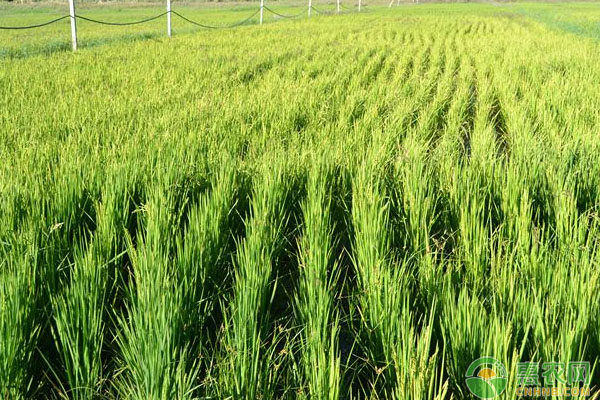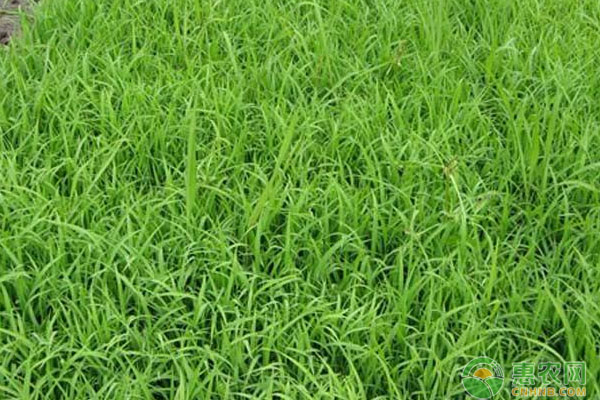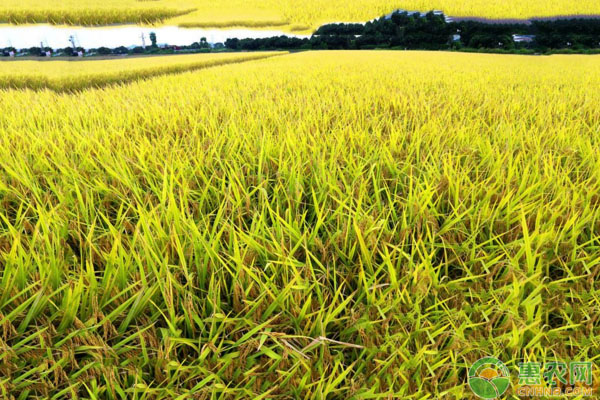Symptoms and control measures of rice panicle neck blight, bacterial blight, rice false smut
In the rice planting process, the main diseases are panicle neck blight, bacterial blight, sheath blight, rice smut, bacterial wilt, red blight, etc., which seriously threaten rice production. Therefore, in order to ensure the healthy growth of rice and increase rice yield, today Xiaobian talks about the prevention and control measures of major rice diseases, as follows.

First, striped leaf blight
1, harm
It is poisoned and transmitted by the gray planthopper, and the adult nymphs and the old nymphs migrate to the rice seedlings of Gangyangqing. The infected rice will only show up on the leaves and leaves after 1-2 weeks of incubation period. A typical condition with brown stripes is that it is difficult to recover after medication.
2, prevention measures
Maximize the population density of the Laodelphax striatellus in the field; use the rice glutinous rice, rutin and chlorpyrifos to control the locusts; once the diseased plants are found to be removed in time, spray 400-600 times of virus A, passivate the virus, Reduce the incidence of disease.
Second, the neck of the neck
1, harm
It mainly occurs in the cob part, and the whole ear is the sorghum. After the branch is infected, the grain of the stalk is half or empty.
2, prevention measures
Select the high-resistance varieties that have been approved by the local seed promotion department in recent years or promoted in the same year; apply sufficient base fertilizer and rational use of nitrogen fertilizer; shallow water irrigation, dry-drying wet and wet, timely grounding, not to prematurely break water in the later stage; appropriate amount of phosphorus and potassium fertilizer In order to improve the disease resistance of rice; spray protective pesticides at the end of the booting stage and at the heading stage, using 20% ​​tricyclazole or 40% Fuji No. 1 (Inaba) for 100-150 grams per mu.

Third, white leaf blight
1, harm
The source of the bacteria is mainly derived from the seedlings and the diseased straw. After the rice is planted, the bacteria can invade through the voids of the roots and the sheath, causing the disease. Generally, the central disease plant first appears, and then spreads to the surrounding area, and as the condition worsens, a large piece of the dead is caused.
2, prevention measures
The seeds are sterilized and soaked before planting, and are generally soaked with 1% lime water. If the rice is soaked in the early rice, if it is exposed to low temperature and rainy weather, it should be soaked in 8 times with 85% dichloroisocyanuric acid powder for 24 hours; 25% leaf cumin WP can be used for 500 times (about 100 grams per mu) ), or 20% Longkes water suspension agent 500 times liquid spray control.
Fourth, sheath blight
1, harm
It causes damage to leaves and stems, and even affects grain and neck.
2, prevention measures
In the rainy weather, timely discharge water, reduce the humidity in the field, high temperature and dry season, it is necessary to water the water in time; use 11% Jinggang • oxazolol WP (grain) 90 g / mu, or 15% Jinggangmycin A soluble Powder 100 g / mu, or 10% Jinggang • Brassica suspending agent 200 ml / mu, or 6% Jinggang • snake bed WP 100 g / mu agent, control sheath blight.

5. Rice smut
1, harm
The rice grain weight of rice infected with rice false smut decreased, the yield decreased, the glutinous rice and broken rice increased, and the rice yield and quality decreased.
2, prevention measures
Use 6% Jinggang•Acne WP WP 60g per acre, or 15% Jinggangmycin A Soluble Powder 70g per acre, or 10% Jinggang•Wax Sprout Suspension 150ml per acre to treat Disease and sheath blight; for fields or varieties with severe disease in previous years, use 75% sputum • tebuconazole water dispersible granules (take enemy stability) 15 grams per acre, or 240 grams / liter of thiofuramide suspension 20 ml per mu, or 125 g / liter of flucyclazole suspension agent 45 ml per acre, spray about 40 kg per acre of pesticides.
Six, bacterial wilt
1, harm
When the incidence is light, the rice leaves at noon, stretching in the morning and evening, has little effect on the yield. When the rice rolls are not stretched, it will affect the yield.
2, prevention measures
When ploughing the field, it should be uniform in depth and evenly regulate the fertilizer and water to prevent the occurrence of bacterial wilt.
Seven, red blight
1, harm
It usually occurs at the end of rice tillering. When it is severe, it will cause the leaves to die in auburn, but the plants will automatically resume growth in the middle and late growth stages.
2, prevention measures
Deepen the cultivation layer and increase the application of organic fertilizer or potassium-containing fertilizer; in the early stage of the disease, spray 50-kg of 0.2-0.3% potassium dihydrogen phosphate solution per mu, and apply 5-10 kg of potassium chloride per acre.
Small Cable Reel,Self Retracting Cable Reel,Auto Rewind Water Hose Reel,Wall Mount Water Hose Reel
NINGBO QIKAI ENVIRONMENTAL TECHNOLOGY CO.,LTD , https://www.water-hose-reel.com